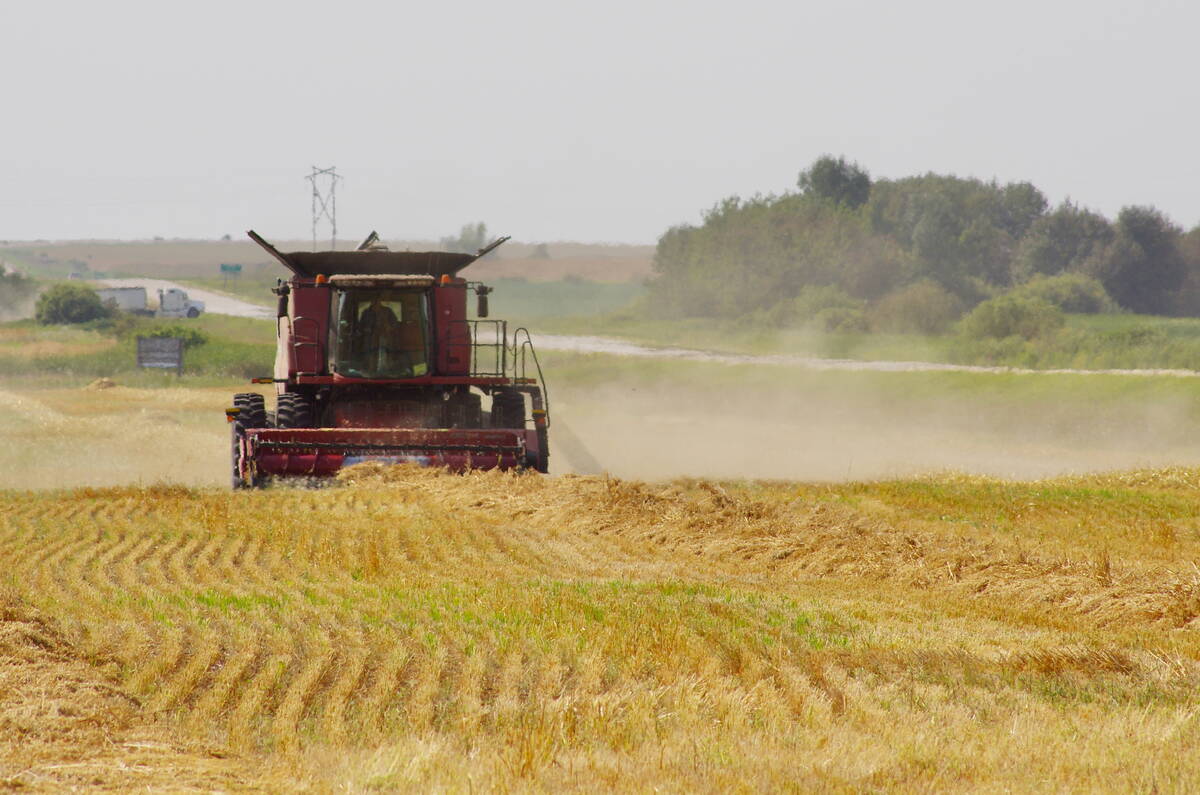CORINNE, Sask. – Every farmer is proud of a good crop.
But a field of durum in this hamlet 45 kilometres south of Regina is the pride of an entire community.
That’s why Neil Jones, a Grade 7 student in nearby Milestone, Sask., thought Field of Prairie Pride would make a perfect name for the 220 acre crop.
Jones entered his suggestion in a contest to name the field and his submission caught the attention of the contest’s selection committee.
“I just thought about a name about the Prairies and all of the farmers,” he said, showing off the bicycle he won for his efforts.
Read Also

Herbicide resistance sprouts in Manitoba’s wild oats
Farmers across Manitoba this fall are gearing up for the latest salvo in what, for many, has become a longtime battle to beat out wild oats.
The contest was held by ConAgra Grain, which owns the field.
Terminal manager Curt Larsen said the land had been rented to a local farmer, but about 18 months ago ConAgra decided to take it over with the idea of giving something to surrounding communities.
The field was seeded with Avonlea durum from Garratt Seeds in Milestone.
Donations including chemicals, fertilizer and rail freight for the harvested crop totaled about $18,000. Seeding and harvesting expenses will total about $9,000.
But the durum should yield about 40 bushels per acre, and could return $35,000 to a fund for community projects, Larsen said.
This year, the money will go to the Milestone swimming pool.
“Initially we were approached by the swimming pool,” Larsen explained. “We thought we might as well set it up so it’s a perpetual thing.”
A committee of seven producers from throughout the ConAgra terminal’s service area will go through applications and pick a recipient each year.
Larsen said the committee decided to make large donations to one or two projects rather than give smaller amounts to many groups.
“A little bit of money always helps but sometimes it’s a $30,000 kick to get a project started that’s needed,” he said.
The projects can be educational or recreational – anything that enhances living in a rural area, he said.
A contingency of about $5,000 or a percentage of the crop proceeds will be set aside each year in case of a crop failure.
The ConAgra facility at Nokomis also tried this type of project on 100 acres, but the drought has hit it hard.
The company’s third facility at Yorkton does not own any land.

















